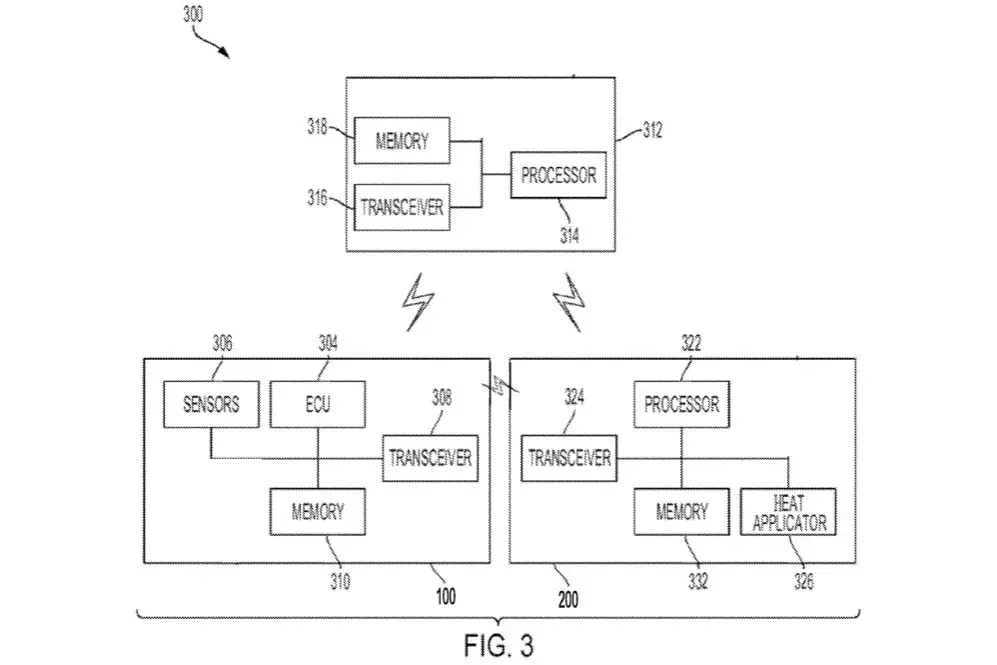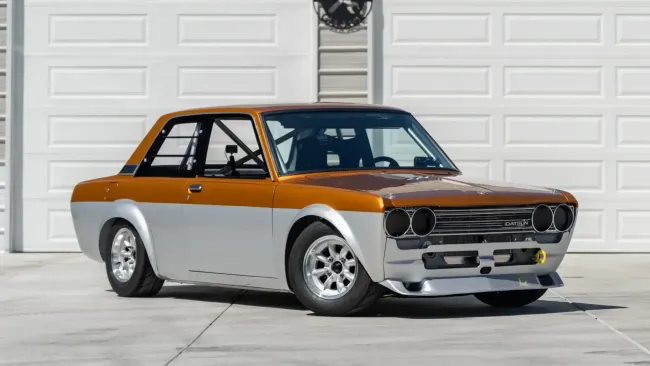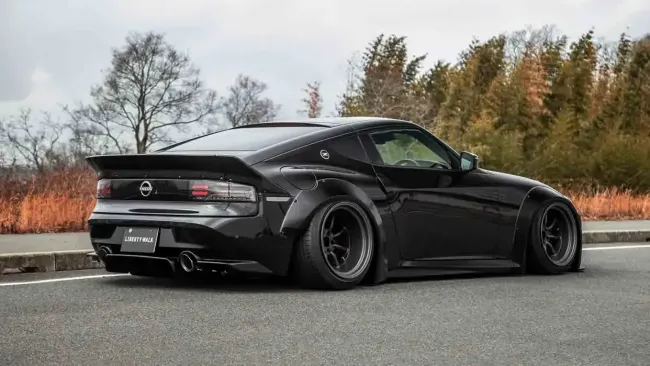 In the recently published patent application by Toyota, disclosed by the United States Patent and Trademark Office (USPTO) on March 19th but initially filed in 2022, Toyota highlights the potential reasons behind the desire for color changes. Owners may seek to align with current trends or simply seek variation. Additionally, Toyota proposes that dealers could utilize color changes to enhance the marketability of vehicles, making them more appealing to potential buyers.
In the recently published patent application by Toyota, disclosed by the United States Patent and Trademark Office (USPTO) on March 19th but initially filed in 2022, Toyota highlights the potential reasons behind the desire for color changes. Owners may seek to align with current trends or simply seek variation. Additionally, Toyota proposes that dealers could utilize color changes to enhance the marketability of vehicles, making them more appealing to potential buyers.
Rather than resorting to intricate repaints or vinyl wraps, Toyota asserts its breakthrough in paint technology capable of adapting hues in response to heat and light. Described within the patent application, the process entails driving the car into a garage bay equipped with tunnel-like heating elements surrounding the vehicle. Upon heating the paint surface, a light-emitting 'color modulator' device is utilized to execute the color transformation.
Toyota suggests that this color modulator, controllable by either a human operator or a robot, acts as the central controller for the process. It is designed to communicate with a remote server and temperature sensors integrated into the vehicle's bodywork, ensuring precise adjustments for achieving the desired color, as outlined in the patent application.

While acknowledging that Toyota isn't the pioneer in exploring color-changing paint, the automaker points out BMW's demonstration of a similar concept at CES 2022 featuring its iX electric SUV.
BMW's approach utilized electrophoretic technology, akin to e-readers, where millions of microcapsules embedded in an exterior wrap underwent color changes via an electric current. This allowed for seamless transitions from white to gray to black at the touch of a button.
In contrast, Toyota's method diverges by omitting the use of an exterior wrap. Whether this variation enhances its likelihood of reaching production compared to BMW's design, primarily intended for display purposes, remains uncertain.
 In the recently published patent application by
In the recently published patent application by 

